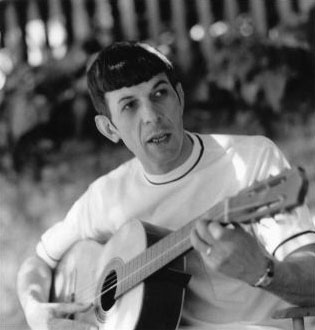NFL quarterback Roman Gabriel was the second overall draft pick out of North Carolina State University in the 1962 NFL draft. Number one overall was Ernie Davis, a running back out of Syracuse.
Ernie Davis was diagnosed with leukemia that same year, and he died shortly after at age 23 without ever playing in a professional game.
Roman Gabriel is notable for being the first NFL quarterback of Filipino-American descent. In 1969 he was the MVP of the NFL, and in 1970 he was the MVP of the Pro Bowl.
Comment only:
I’m part Filipino, I was born there, and as a young kid I thought that Roman Gabriel being Filipino was pretty cool. My favorite color as a kid was blue, and he played for the LA Rams who wore blue and white in the early 1970s. The Rams were a winning team in the 1970s.
And for those reasons that’s how I, a kid living in Upstate New York, became a Rams fan. I lived and died with my beloved Rams (mostly, I died).
In 1979 I moved to San Francisco, and lived within a mile of Candlestick Park. The San Francisco 49ers were a winning team in the 1980s. And the Rams, then owned by Georgia Frontiere, were making terrible organization-wide decisions (like the way they released Fred Dryer).
That’s why, as a kid in 1984, I jumped ship and became a Niners fan.
Here’s a nice bit of trivia: Fred Dryer originally auditioned for the role of Sam Malone in Cheers. Dryer was one of three finalists to play Cheers barman Sam Malone, alongside William Devane and Ted Danson. Malone was originally conceived as a former New England Patriots wide receiver, which is why Dryer was considered for the role.
I’ll include that last bit in my play.
